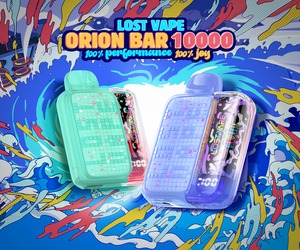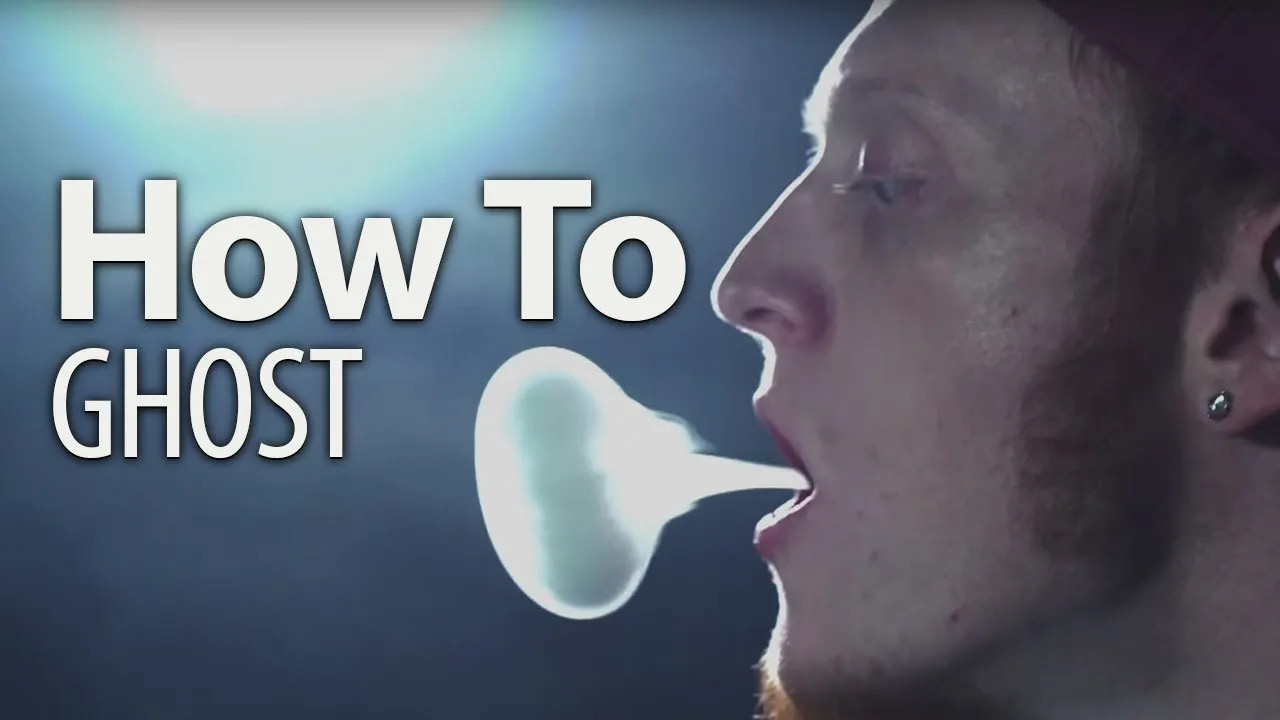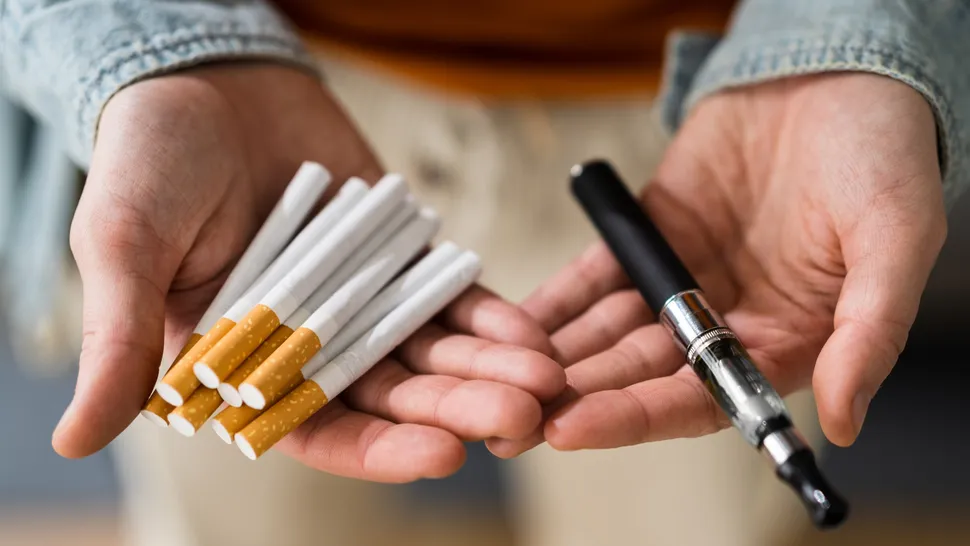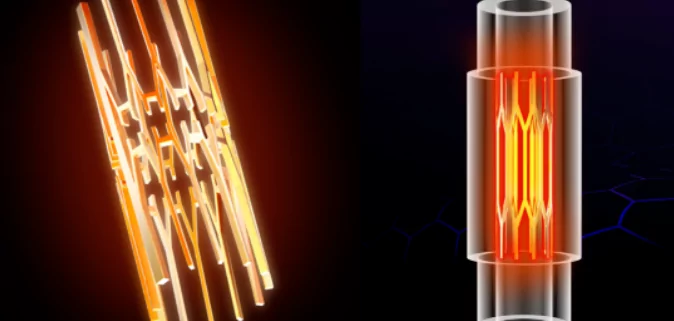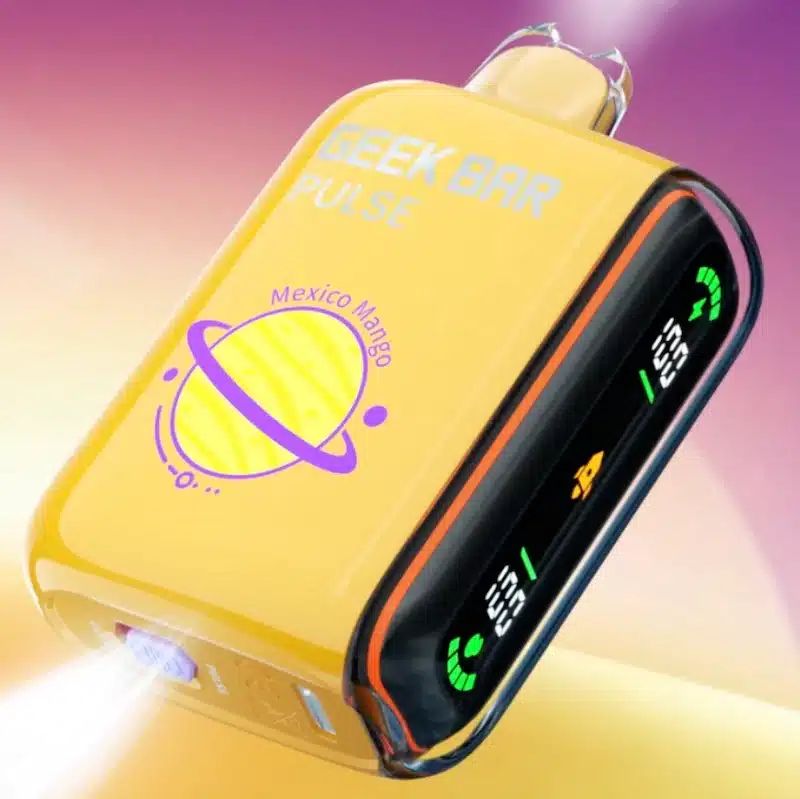That’s one of the reasons ASH’s new Year 10 Survey, released today, is useful. It provides a solid statistical evidence base of what is happening with smoking and vaping amongst Year 10 students, which can then help to inform our response.
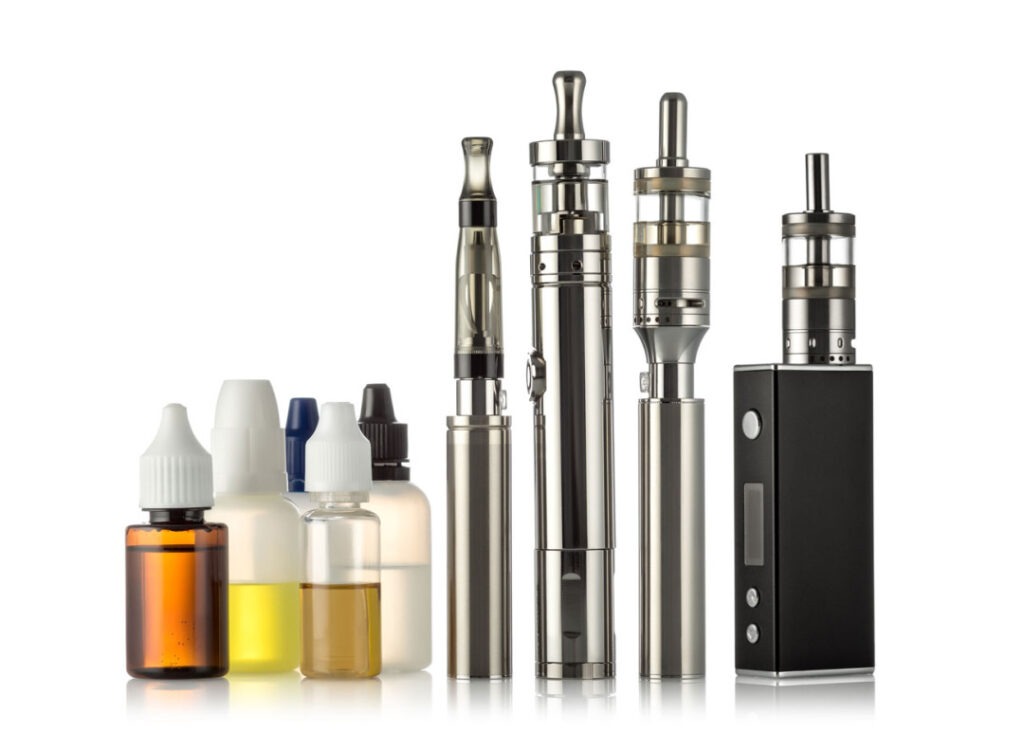
So what does the latest data show?
Firstly, it shows that teen smoking has fallen to record low levels, which is excellent.
Daily smoking amongst Year 10 students has fallen from 2% in 2019 to 1.3% in 2021, while daily smoking amongst Māori Year 10 students fell 40% in the period (to 3.4% in 2021). These results show Aotearoa’s strong smoking regulation efforts are paying off.
These declines in smoking have been accompanied by an increase in Year 10 students who vape daily, from 3.1% in 2019 to 9.6% in 2021.
No one wants to see young people who have never smoked take up vaping regularly.
However, the data shows that a lot of youth vaping can be put down to something that most people who have been a teenager can relate to – experimentation.
Out of the 42.7% of Year 10 students who have ever tried vaping, 39.8% said they vaped ‘just to give it a try’.
We need to be cautious about mixing up experimentation with dependent use as the two require different approaches.
What does the science say about vaping harm?
From some of the rhetoric out there, you might get the impression that vaping is as harmful as smoking.
The science says that smoking and vaping are worlds apart when it comes to harm. In fact, according to the Royal College of Physicians, vaping is at least 95% less harmful than smoking. That’s because people smoke cigarettes for nicotine, but die from the smoke, which they don’t get if they vape.
Vaping can be a helpful harm reduction tool for people who have become dependent on tobacco. In the last year alone tens of thousands of New Zealanders have switched.
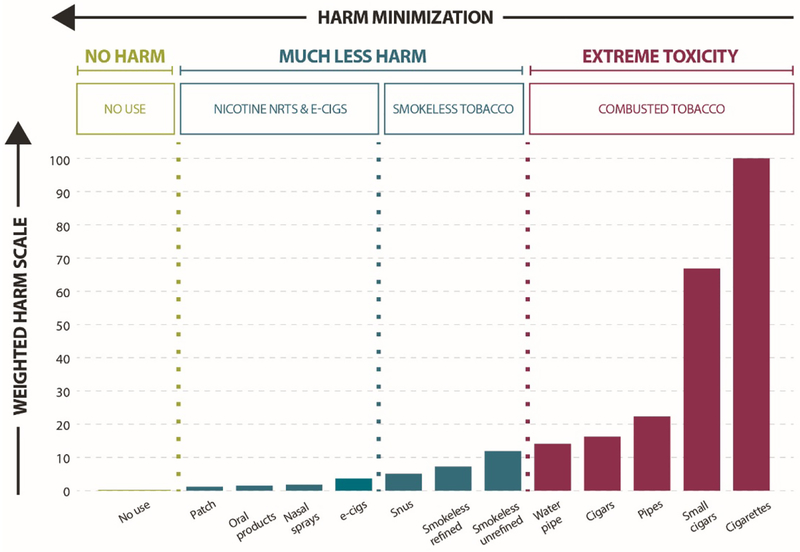
Relative harm of alternate sources of nicotine compared to cigarettes based on a comprehensive review of harm criteria by the International Independent Scientific Committee on Drugs. – A graph showing the relative harm of alternate sources of nicotine compared to cigarettes based on a comprehensive review of harm criteria by the International Independent Scientific Committee on Drugs.
You can read the full paper that this graph comes from here.
So what should our response to youth vaping be?
Firstly, while there has been a significant growth in vaping in this survey, it doesn’t show the impact of recent regulatory changes the government has introduced, which ban advertising, sponsorship and sales to young people.
We’re looking forward to seeing the effects of these changes, which should positively impact the numbers of young people vaping.
On top of that, we need to be better equipping our young people with the critical thinking skills they need to navigate a world in which vaping and many other substances exist. Young people have always experimented with the world around them and at some point in their life, they’ll each need to make decisions around vaping, alcohol and other drugs.
Schools and parents are used to helping their children make sense of the trends and world around them. Talking to young people, helping them to think critically about what’s going on in their lives, and being there when they need you will all help when young people are considering whether to vape or not.
We need to be careful with overreaction to vaping. Young people tend to be drawn to activities that adults react to. Open communication is important, for this and all substance use.
And lastly, for some people a prohibitionist approach is appealing when it comes to vaping, because smoking has caused so much harm, disease and death in Aotearoa, particularly for Māori. But as the evidence above shows, we shouldn’t confuse vaping and smoking. Vaping can help people move away from smoking when vaping is properly regulated.




